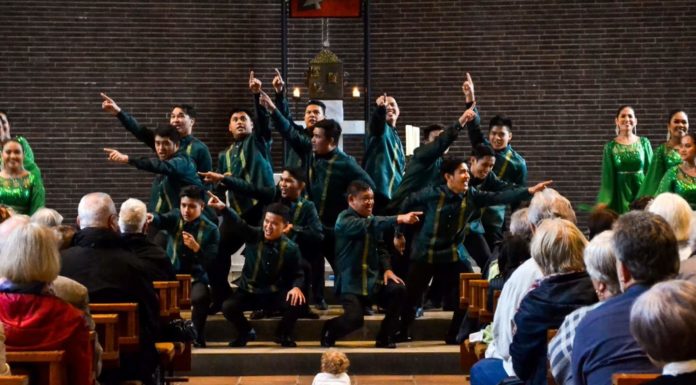THE INTENSITY four earthquake that struck Metro Manila and parts of Luzon around noon last November 27 disrupted classes in the University, particularly in buildings near Dapitan Street, but occupants of the Main Building – the country’s first earthquake-proof structure – were unperturbed.
Students from the Faculty of Medicine and Surgery, College of Nursing, and College of Rehabilitation Sciences, Faculty of Arts and Letters, and College of Commerce evacuated their respective buildings (San Martin Porres and St. Raymund’s) and gathered at the Quadricentennial Park. Students of the UST-Alfredo M. Velayo College of Accountancy also vacated their two-year old building and trooped to Plaza Mayor.
Classes resumed after 30 minutes following brief building inspections.
The Philippine Institute of Volcanology and Seismology said that the earthquake, felt in Manila, Makati and Pasig, originated slightly offshore, 77 kilometers northwest of Lingayen, Pangasinan.
Remarkably, students in the Main Building, the earthquake-proof structure built by civil engineer Fr. Roque Ruaño, O.P. eighty years ago, stayed safe inside the famous city landmark.
The Main Building, historian Jose Victor Torres writes in his new book on the University during the American period, was designed to withstand strong earthquakes with a complicated plan of 40 independent and isolated units tied together by steel reinforcement, giving the unique structure enough elasticity.
When it first opened its doors in 1927, the Main Building, which cost P1.5 million to build, was praised in the Philippines and abroad for being original in structure and design.














